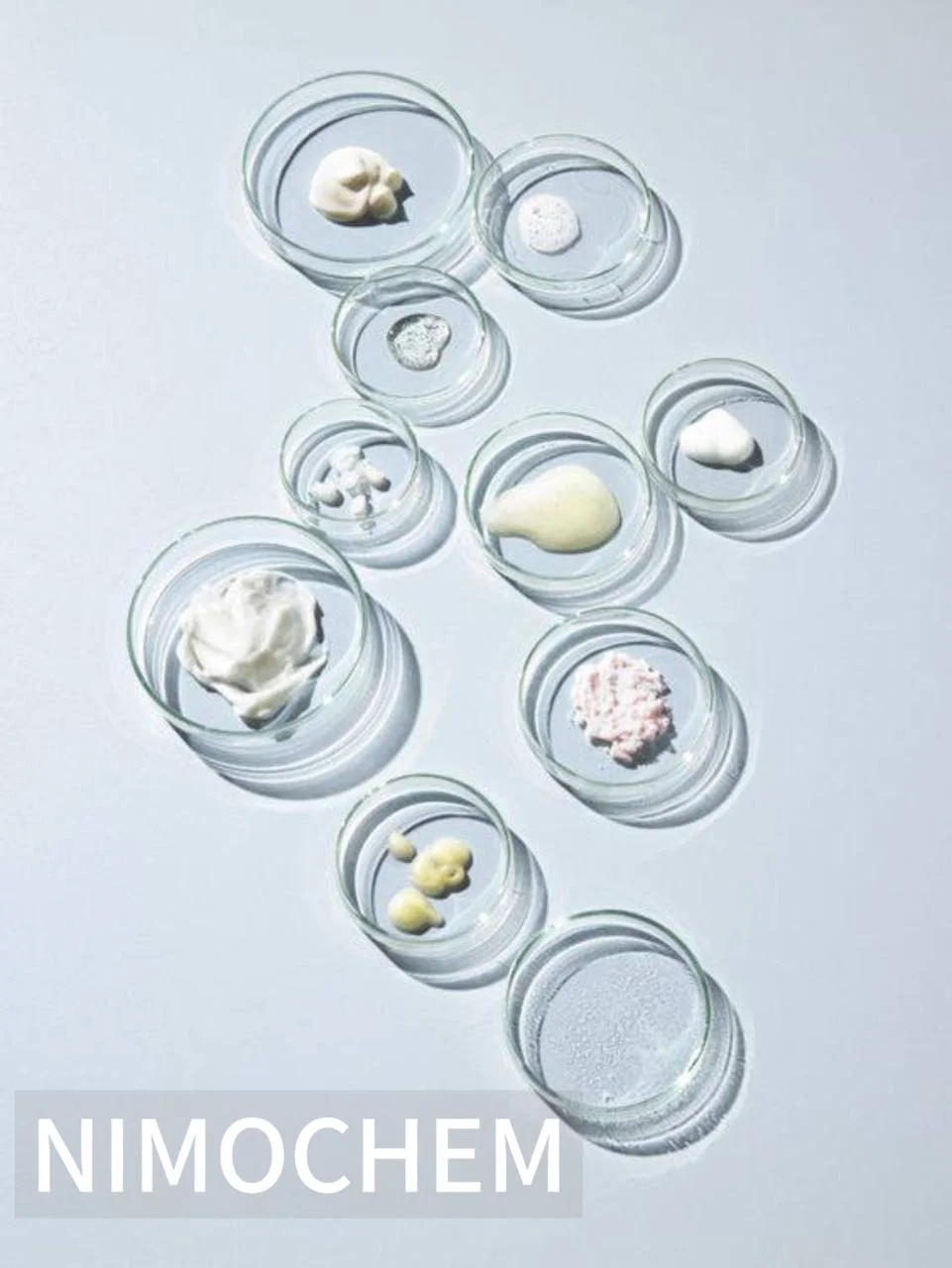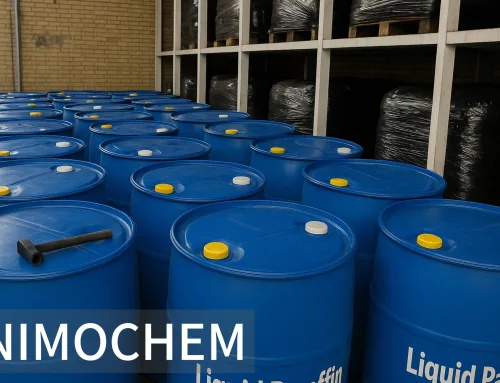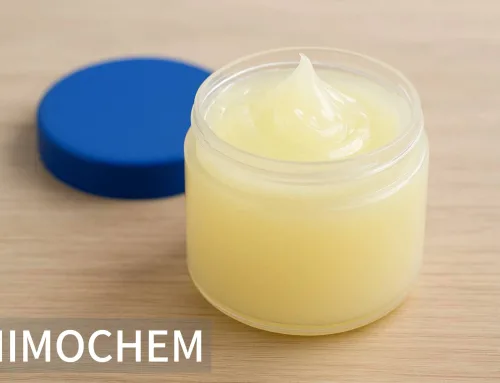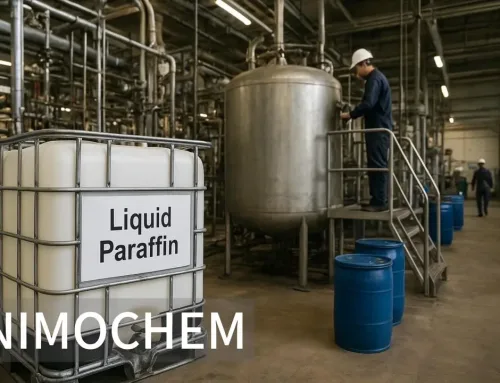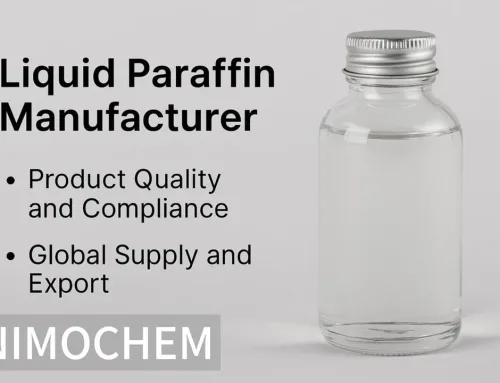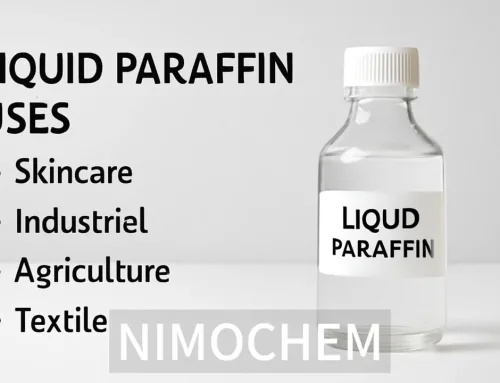Petroleum Jelly vs. Liquid Paraffin: Which is Right for Your Product Line?
In the world of industrial manufacturing, choosing the right ingredients for your products can be the key to quality, performance, and cost-effectiveness. Two widely used materials in the cosmetic, pharmaceutical, and industrial sectors are petroleum jelly and liquid paraffin. Each has unique characteristics and applications, making them suited for specific product lines. So, how do you decide which one is best for your business? In this article, we’ll dive into the properties, benefits, and ideal uses for petroleum jelly and liquid paraffin to help you make an informed choice.
What is Petroleum Jelly?
Petroleum jelly, often known by the brand name Vaseline, is a semi-solid mixture of hydrocarbons. It was discovered in the 19th century and has since become a staple in a variety of industries. It is valued for its thick, occlusive texture and ability to create a moisture barrier.
What is the science behind petroleum jelly?
What is Liquid Paraffin?
Liquid paraffin, also known as mineral oil, is a highly refined, clear, and odorless oil derived from petroleum. Liquid paraffin is particularly known for its smooth and thin texture, which makes it versatile and easy to incorporate in different formulations.
Read about liquid paraffin industrial applications!
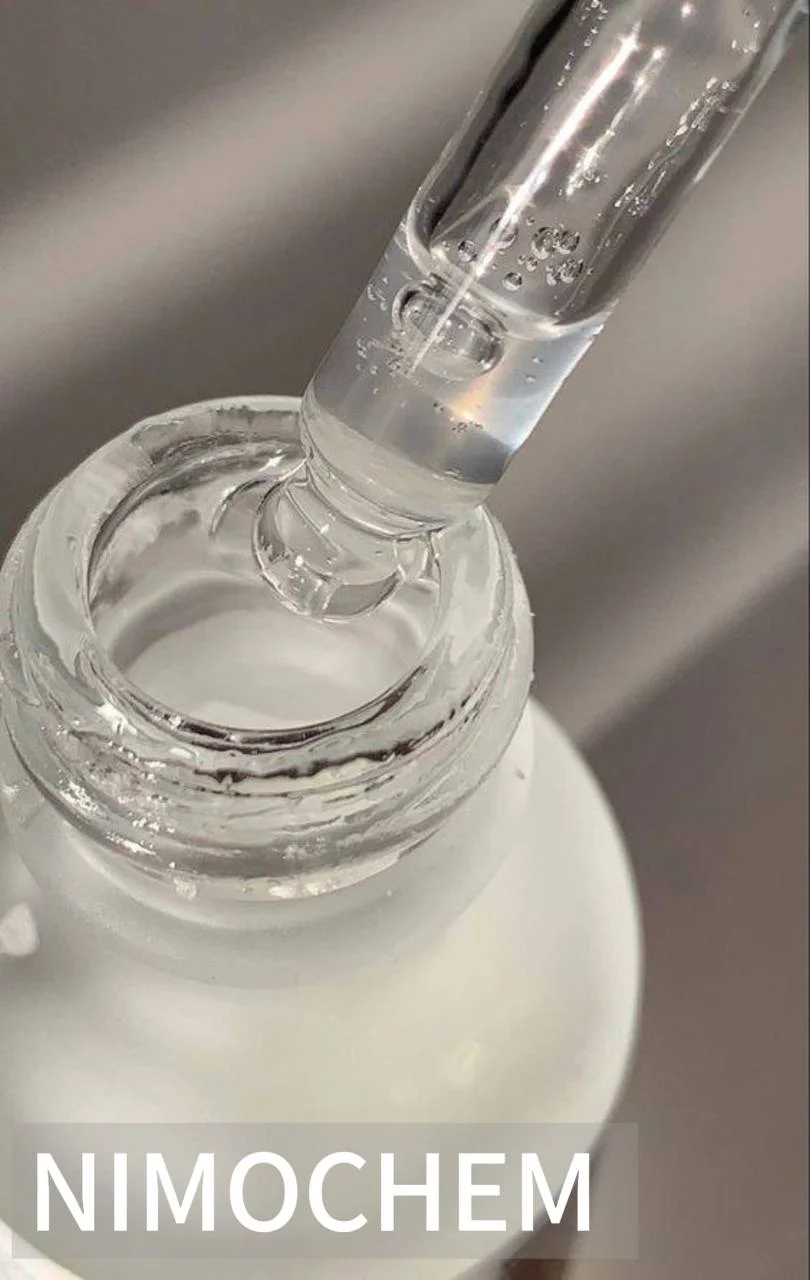
Petroleum Jelly vs. Liquid Paraffin: A Side-by-Side Comparison
Texture and Application: Petroleum jelly is thick and forms a strong moisture barrier, making it ideal for heavy-duty moisturizers, ointments, and industrial lubrication. Liquid paraffin, with its lightweight, non-greasy feel, is preferred in cosmetics like lotions and creams for a smoother, quick-absorbing finish.
Industrial Use: Petroleum jelly excels in protecting machinery from rust and moisture due to its stable consistency, while liquid paraffin serves well as a lighter lubricant or blending agent.
Skin Compatibility: Petroleum jelly can sometimes clog pores, making it better suited for intense moisturization. Liquid paraffin, however, is less likely to cause pore blockage and is often chosen for sensitive skin products.
Choosing the Right Product for Your Business
When deciding between petroleum jelly and liquid paraffin, consider the specific needs of your product line:
1 For Skincare and Cosmetics:
◦ Petroleum Jelly: If your product requires a strong moisture barrier or is designed for dry or chapped skin, petroleum jelly is ideal. Its ability to lock in moisture makes it a go-to ingredient for intensive care products, lip balms, and protective creams.
◦ Liquid Paraffin: If you’re targeting lightweight, non-greasy formulations, liquid paraffin is preferable. It’s commonly used in lotions and creams where a smooth, quick-absorbing finish is essential, as well as in makeup removers and cleansers.
2 For Pharmaceutical Use:
◦ Both ingredients have a place in pharmaceuticals, though they serve different purposes. Petroleum jelly works well as a base for topical ointments, while liquid paraffin is used internally as a laxative and externally as an emollient in soothing creams.
3 For Industrial Applications:
◦ Petroleum Jelly: Consider petroleum jelly for applications where a thicker lubricant is needed. It’s ideal for heavy-duty machinery that requires a stable barrier against rust or moisture.
◦ Liquid Paraffin: If a lighter oil is required for tasks such as coolant blending or as a base solvent, liquid paraffin is the better choice. It offers smooth lubrication without the stickiness of petroleum jelly.
Both of these ingredients bring unique advantages to the table, and selecting the right one can enhance the performance and appeal of your product line. When sourcing high-quality petroleum jelly or liquid paraffin, ensure you’re working with a reliable supplier who can meet your industry’s standards and specifications.
